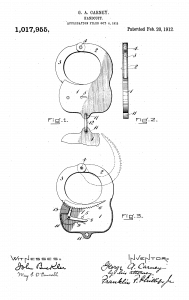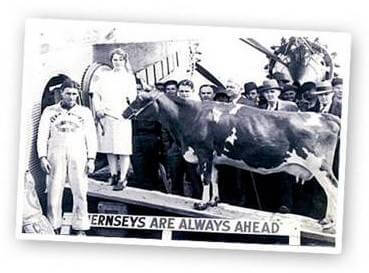Single Tasking Day
Today is Single Tasking Day. Your mission, if you choose to accept it, is to do just one thing at a time, without participating in the sham called multitasking.
Unlike computers, humans are not wired to work on many complex problems at once. Switching focus quickly from one thing to another can make us perceive that we’re managing multiple streams of information simultaneously, but each shift requires energy.
Our overall processing power becomes less efficient, even when dealing with things we do habitually—like scanning our phones, texting and going through emails—that don’t seem to require much attention but are, in fact, tying up the executive functions of our brains.
A study at Gresham College in London found that multitasking caused subjects’ problem-solving performance to drop by the equivalent of 10 IQ points. MIT neuroscientist Earl Miller says our brains aren’t wired to multitask. “When people think they’re multitasking, they’re actually just switching from one task to another very rapidly. And every time they do, there’s a cognitive cost.”
Per McGill University professor Daniel Levitin, “Asking the brain to shift attention from one activity to another causes the prefrontal cortex and striatum to burn up oxygenated glucose, the same fuel they need to stay on task. And the kind of rapid, continual shifting we do with multitasking causes the brain to burn through fuel so quickly that we feel exhausted and disoriented after even a short time. We’ve literally depleted the nutrients in our brain.”
So feed your brain; just do it slowly so you don’t get a cramp. And have a happy Single Tasking Day!
![]()





